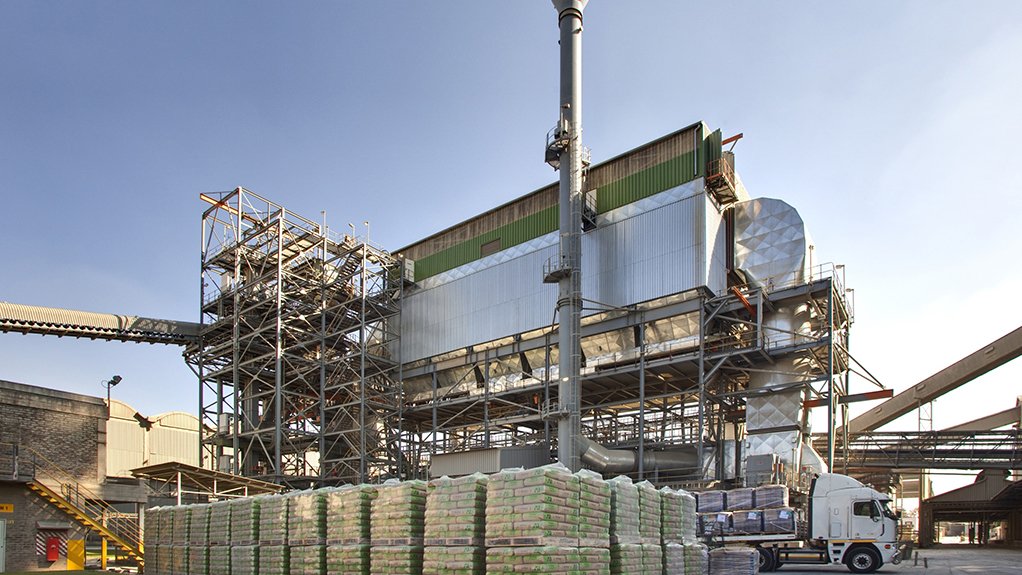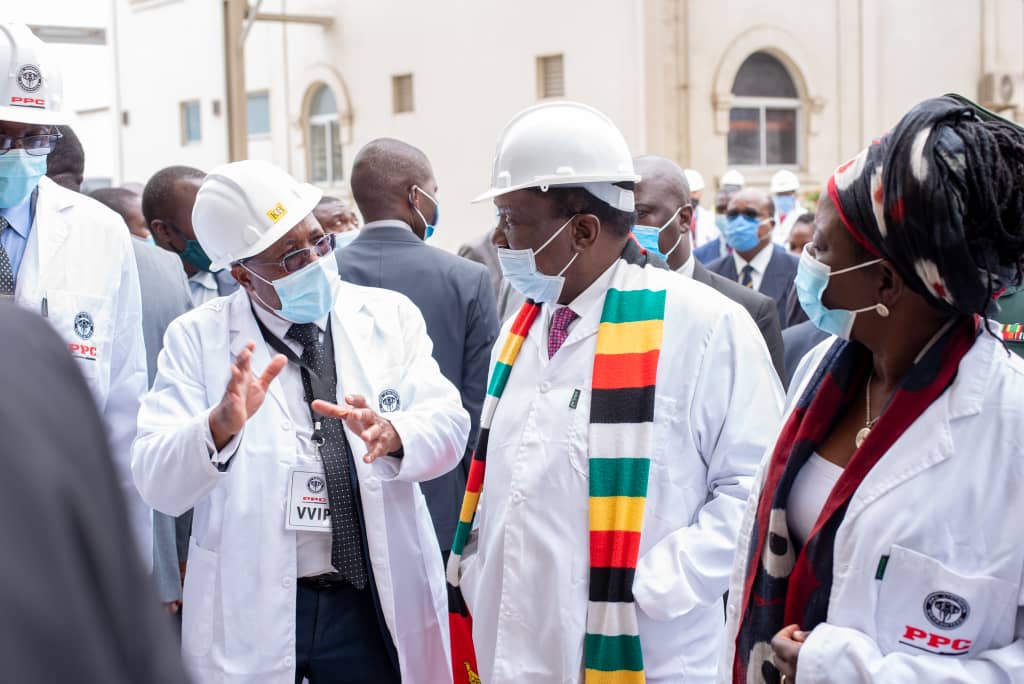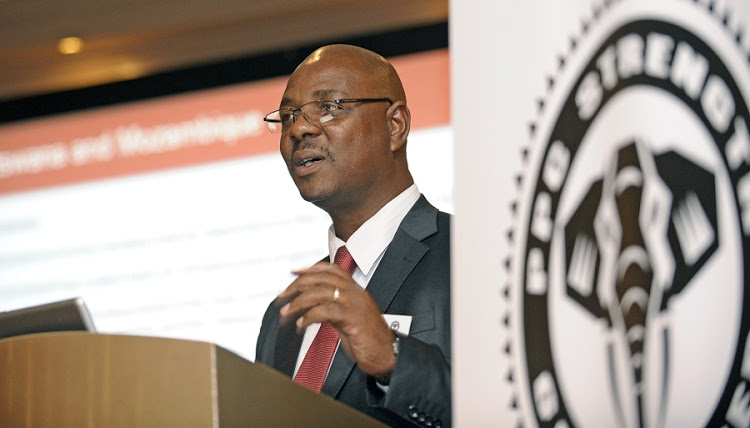
Construction materials supplier AfriSam has reduced the company’s carbon emissions on a ton
of cement produced, by 35% from
1990 to 2018 and is focusing on further carbon reductions, sustainability and
the implementation of the carbon tax in South Africa.
“The 35% is close to the targets set and we’ve already achieved that.
We’ve also managed to achieve cost savings while driving down carbon
emissions,” states AfriSam cementitious executive Hannes Meyer.
He claims that AfriSam has focused on optimising two of the biggest
contributing processes to carbon emissions from cement producers – cement thermal consumption
and cement production processing.
Meyer highlights the development of cement kilns and its
contribution to energy savings and carbon reduction. Traditionally, cement production was started
in wet process kilns, which use a slurry. These kilns used over double the
energy kilns currently use, but not many of these kilns remain operational
today. The dry process is more thermally efficient.
“The next stage of improvement was to introduce a set of preheating
cyclones, and as a next step, also a precalciner, in these kilns. You can also
add a precombustion chamber,” Meyer states.
This would result in even greater efficiency in the heating process and,
therefore, greater energy and fuel efficiency, he adds. However, upgrading a
kiln is an expensive process.
He highlights the use of alternative fuels and raw materials by cement manufacturers,
including AfriSam, particularly in the use of precombustion chambers for
kilns, which allows for further carbon reduction.
Moreover, the company is also focused on the use of ground granulated
blast furnace slag (GGBFS) to reduce energy use in cement production.
“The carbon footprint of composite cement using GGBFS is
significantly lower – it can be less than half of the ordinary portland cement – and we are driving
that,” states Meyer.
He says the implementation of the South African Carbon Tax Bill this
month will have a significant impact on the cement industry as an energy user, and that its implementation
and the collection of carbon taxes can only be successful, if the gains are
used correctly.
“If the money is spent for the purpose that it was collected, which is
to reduce carbon emissions, people will be willing to pay the tax because they
know it will be used for the right purpose. If there is a perception of high
corruption and/or misappropriation, obviously trust will be low.”
The issue of legislation around the use of alternative fuels and waste
materials for energy is another significant challenge to reducing carbon
emissions, states Meyer.
Meyer states that, owing to this, many companies would rather use
“traditional fuels”– such as coal – that makes no contribution to the overall
reduction of carbon emissions, and then pay the carbon tax.
Meyer states that, based on current estimated cement sales in South Africa, between R600-million and
R900-million per year could contribute to carbon taxes.
“If you take into account that cement producers are running
at significantly reduced margins, the impact is significant.
“However, for the first five years, there will be some tax allowances
for cement producers, based on
current mitigating factors, to reduce carbon tax.”
The challenge, however, is in dealing with the uncertainty of the Carbon Tax Bill after this five-year period, as there is a lack of information and legislation published about how the tax will be handled after this initial period. https://www.engineeringnews.co.za/article/cement-producer-achieves-35-carbon-emission-reduction-supports-carbon-tax-2019-05-23
More news
- REFRATECHNIK ASIA NEW ASSOCIATE CORPORATE MEMBER OF WCA
- PART 5: SA’S TRADE DILEMMA: A PODCAST DISCUSSION WITH DONALD MACKAY
- STATE-DRIVEN OPPORTUNITIES FOR SA CONSTRUCTION COMPANIES BUT MANAGING RISK IS A PRIORITY
- PART 4: SA’S TRADE DILEMMA: A PODCAST DISCUSSION WITH DONALD MACKAY
- CONCOR KICKS OFF OXFORD PARKS BLOCK 2A PHASE I PROJECT




